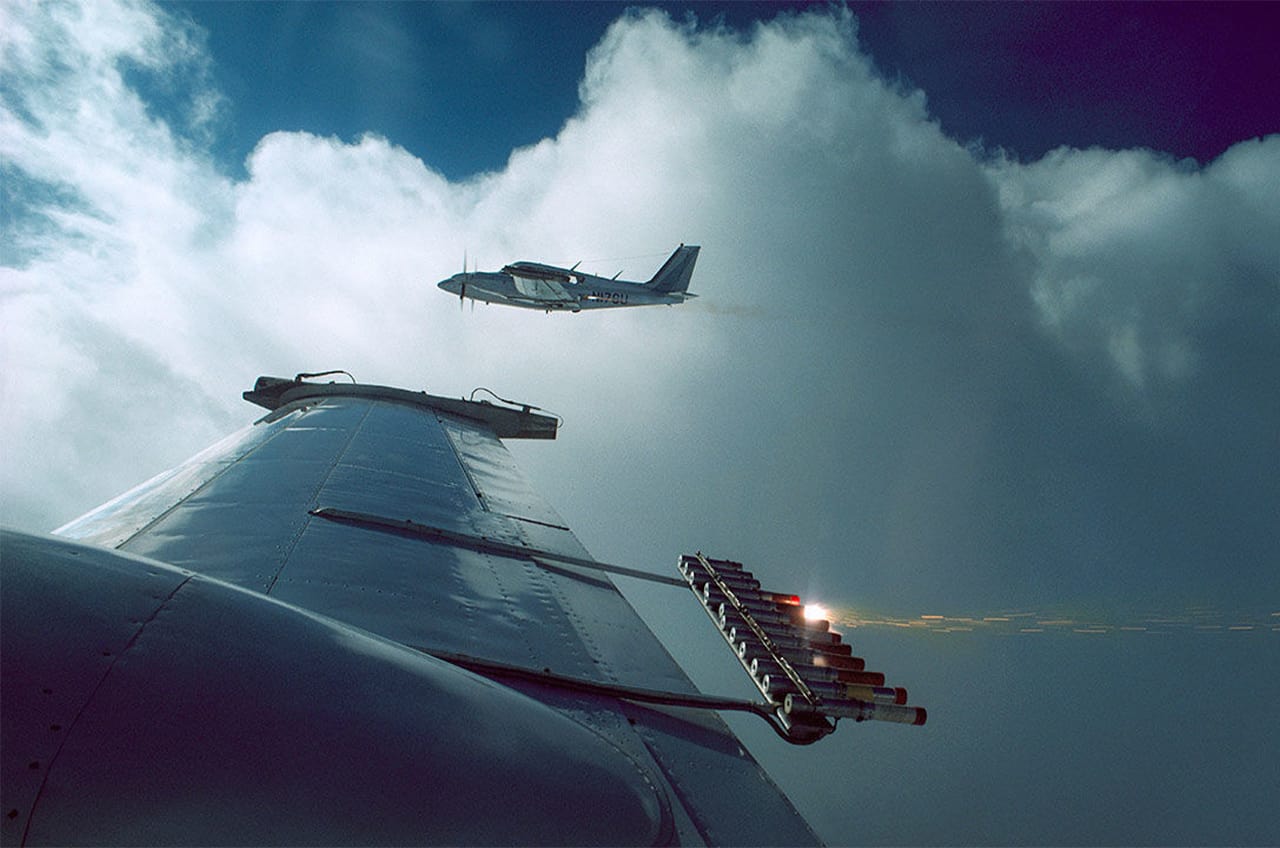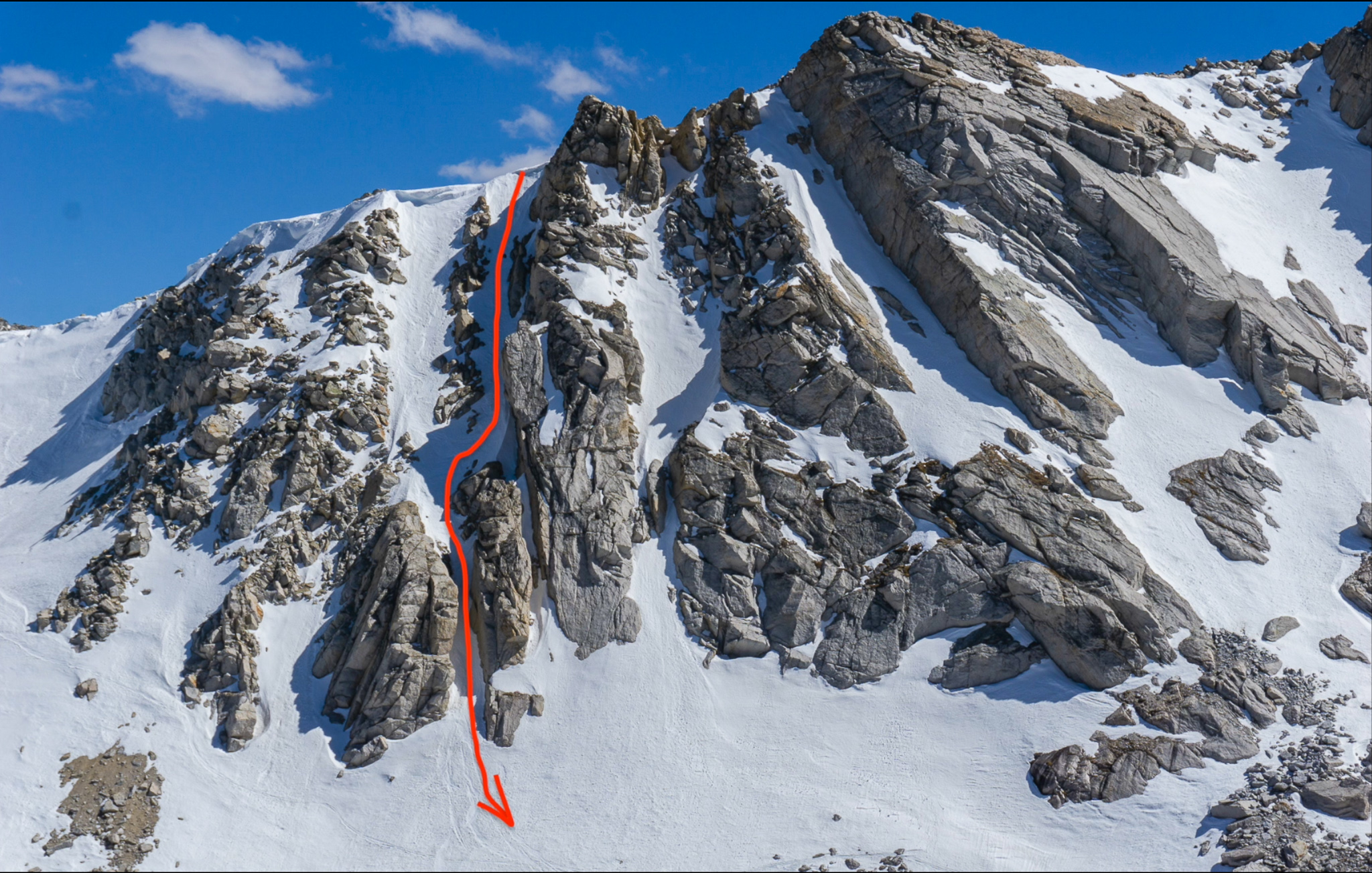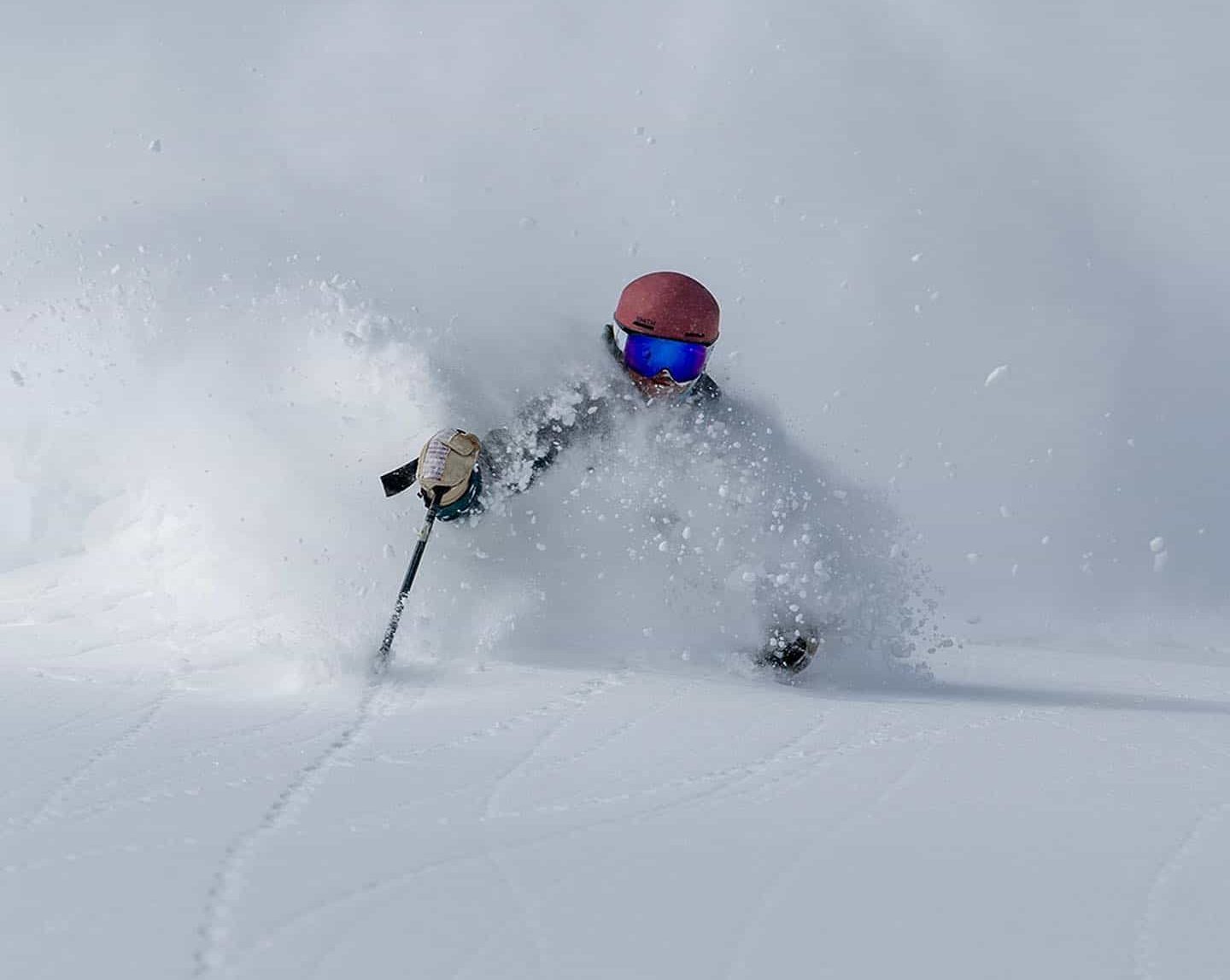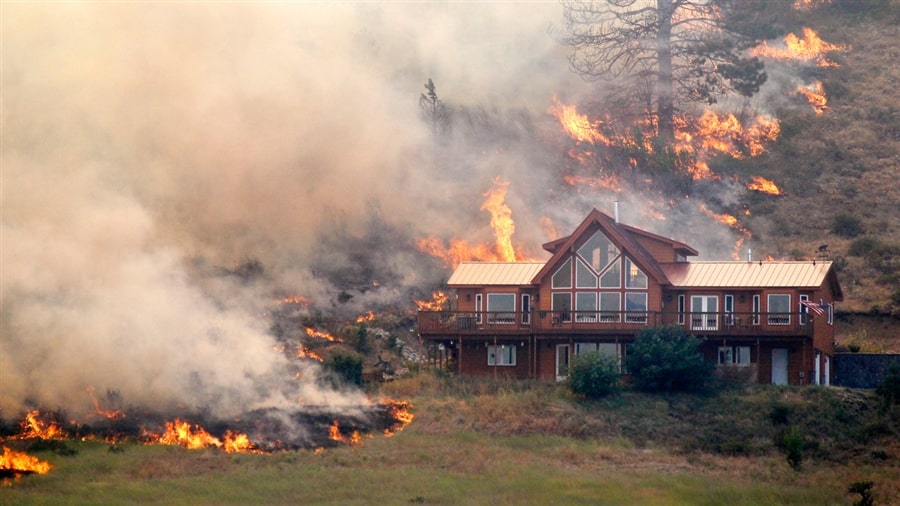
The wildland urban interface (WUI) is where human-made structures are built adjacent to forests or other areas prone to wildfires. When you first think about where these areas are, you may expect them to only occur in rural areas. However, many WUI zones are in much more urban areas, as the name might suggest. These zones are crucial to defending homes and other infrastructure from wildfires and other natural disasters.
As populations spread out from city centers, they inevitably begin to build houses closer to forests and wilder parts of nature. Typically, these home placements are not an issue and allow people to be “one with nature” as many of us like to be. However, being able to watch deer trot by your window or see birds nest in a nearby tree does have its downside. Living on the edge of a wild area can leave populations extremely vulnerable to wildfires.
Lack of Buffer Means Increased Losses
Before people began to migrate away from city centers in the modern era, the unpopulated areas around urban centers acted as a buffer from fires and other natural disasters. As urban sprawl has occurred over the last half-century, a large population has moved into the same areas that were once a critical buffer from those wildfires. This has led to a large increase in the destruction of wildfires over the last few decades.
According to the US Fire Administration, the last decade has seen an increase in fire-related deaths by 20.5%. This may seem odd because over the same time period the total number of fires has decreased by 2.5% nationwide. Along with the increase in fire-related deaths, there has been a 90.6% increase in annual dollar losses ($25.6 billion loss in 2018)*. These two increases are mainly due to WUI areas burning during wildfires. Since those areas use to be much more sparsely populated, the overall destruction use to be much less.
*These statistics are for ALL fires in the US, not just wildland fires, which make up about 40% of all fires annually.
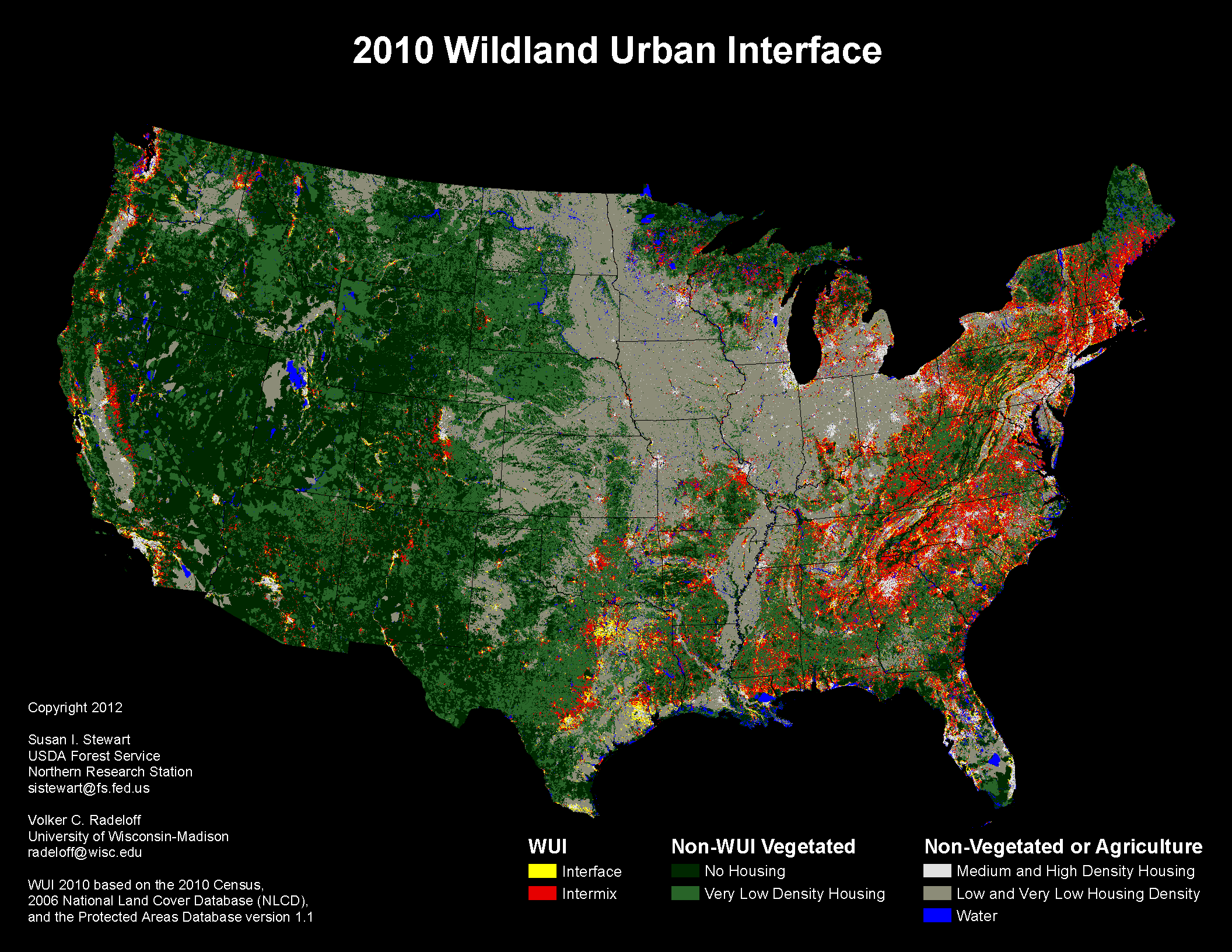
How Climate Change Affects WUI
Most of the US has experienced climate extremes this year, whether it was sweltering heat, intense hurricanes, or increased wildfires. As Earth’s climate warms, weather patterns become more unpredictable. This makes it more important than it has ever been to protect your home and your community from wildfires that can spread faster than any other disaster you might experience. Living in a WUI means that if a wildfire breaks out your home will be one of the most vulnerable.
If you are one of the millions of Americans living in a WUI you need to take responsibility and be ready. Make sure to clean the brush from around your home. This is known as “defensible space“; if there is less fuel for a fire to consume, then it is less likely that your house will burn. Other tactics should include building your house out of less-flammable materials and having a sprinkler system. The most important thing you can do, though, is having a plan in place in case an evacuation is necessary.

